When Gmail was introduced on April 1, 2004, many mistook it for an April Fool’s prank, not just because of the date but due to its groundbreaking offer of 1 GB of free storage, far surpassing the storage offered by competitors at the time. This significant leap allowed users to save emails without the constant need to delete them to free up space, a common inconvenience with other email services that offered a mere 2 to 4 MB. Google’s initiative not only revolutionized email storage but also brought about features that are now standard in email services, such as powerful search capabilities within the inbox, effective spam protection, and conversation view for email threads.
The development of Gmail was marked by several milestones that showcased Google’s commitment to innovation and user convenience. In 2006, Google introduced a mobile application version of Gmail, catering to the rising trend of mobile internet usage. This move was followed by the integration of Google Docs & Spreadsheets in 2007, allowing users to open Microsoft Word documents directly from their emails. The same year, Gmail became available to the general public without the need for an invitation, marking a pivotal moment in its history.
The introduction of IMAP support in 2007 further enhanced Gmail’s flexibility, enabling users to manage their email from various devices and email clients seamlessly. Gmail’s evolution continued with the launch of Gmail Labs in 2008, allowing users to try out experimental features, many of which, like the Undo Send option, became staples of the email experience. The addition of a to-do list feature and PDF viewing capabilities within the browser were other significant enhancements that enriched user experience.
Gmail’s logo and branding have also undergone changes, reflecting Google’s broader branding strategy and the service’s evolution. Initially combining different fonts for its logo, Gmail later adopted a simplified and more colorful design to align with Google’s corporate identity. The current logo, introduced in 2020, represents a modern, minimalist approach, utilizing a multicolored “M” to symbolize both the service’s email functionality and its integration within the broader suite of Google products.
Despite early skepticism surrounding its launch date and ambitious offerings, Gmail has firmly established itself as a leading email service provider, continually introducing features that leverage the latest in web and AI technologies. From pioneering the use of AJAX for a more dynamic web interface to incorporating AI-driven features like Smart Reply and Smart Compose, Gmail has consistently stayed at the forefront of email service innovation. Today, with billions of users worldwide, Gmail remains a cornerstone of Google’s online services, continually evolving to meet the changing needs of its global user base.

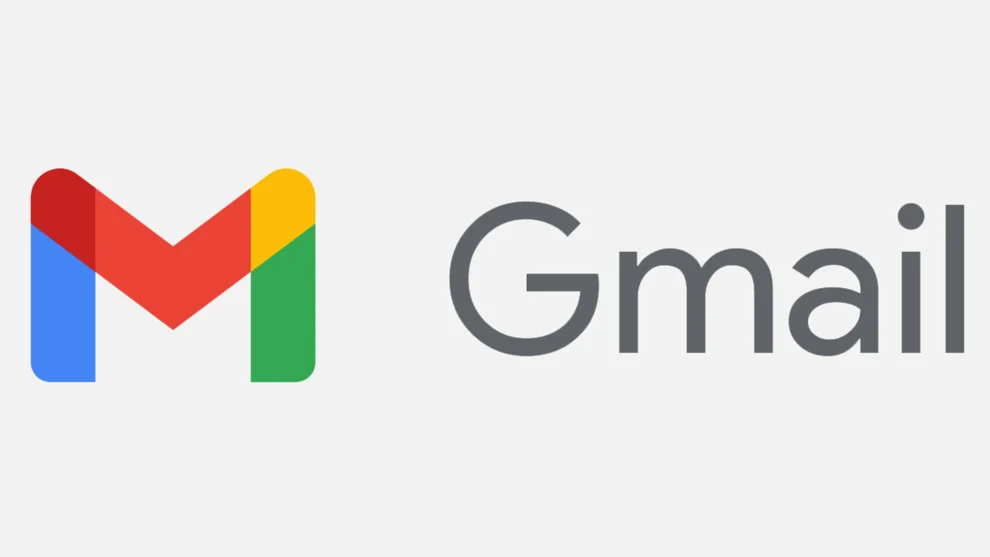
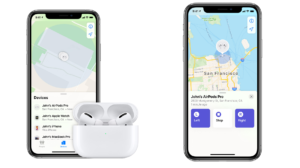

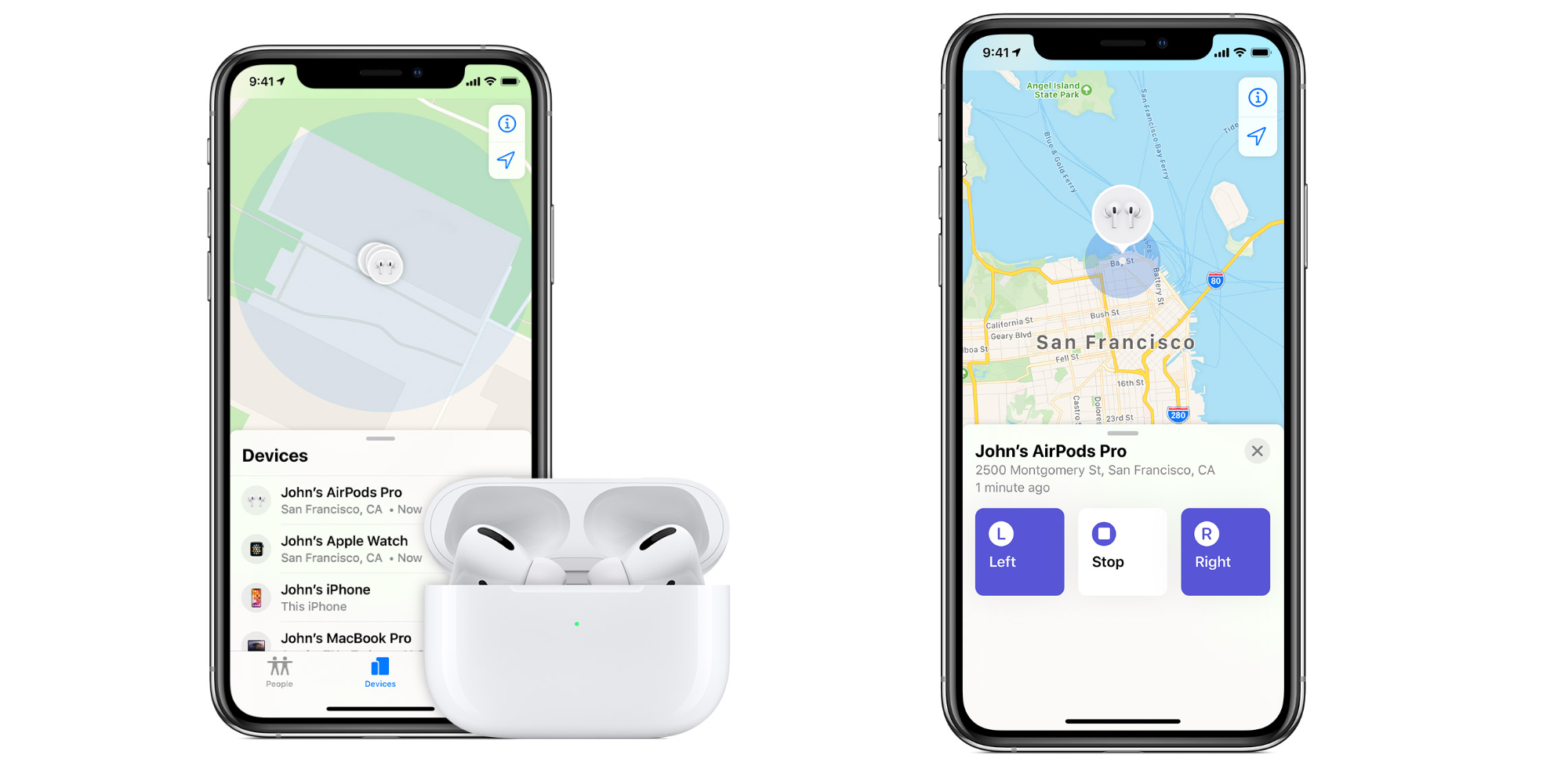

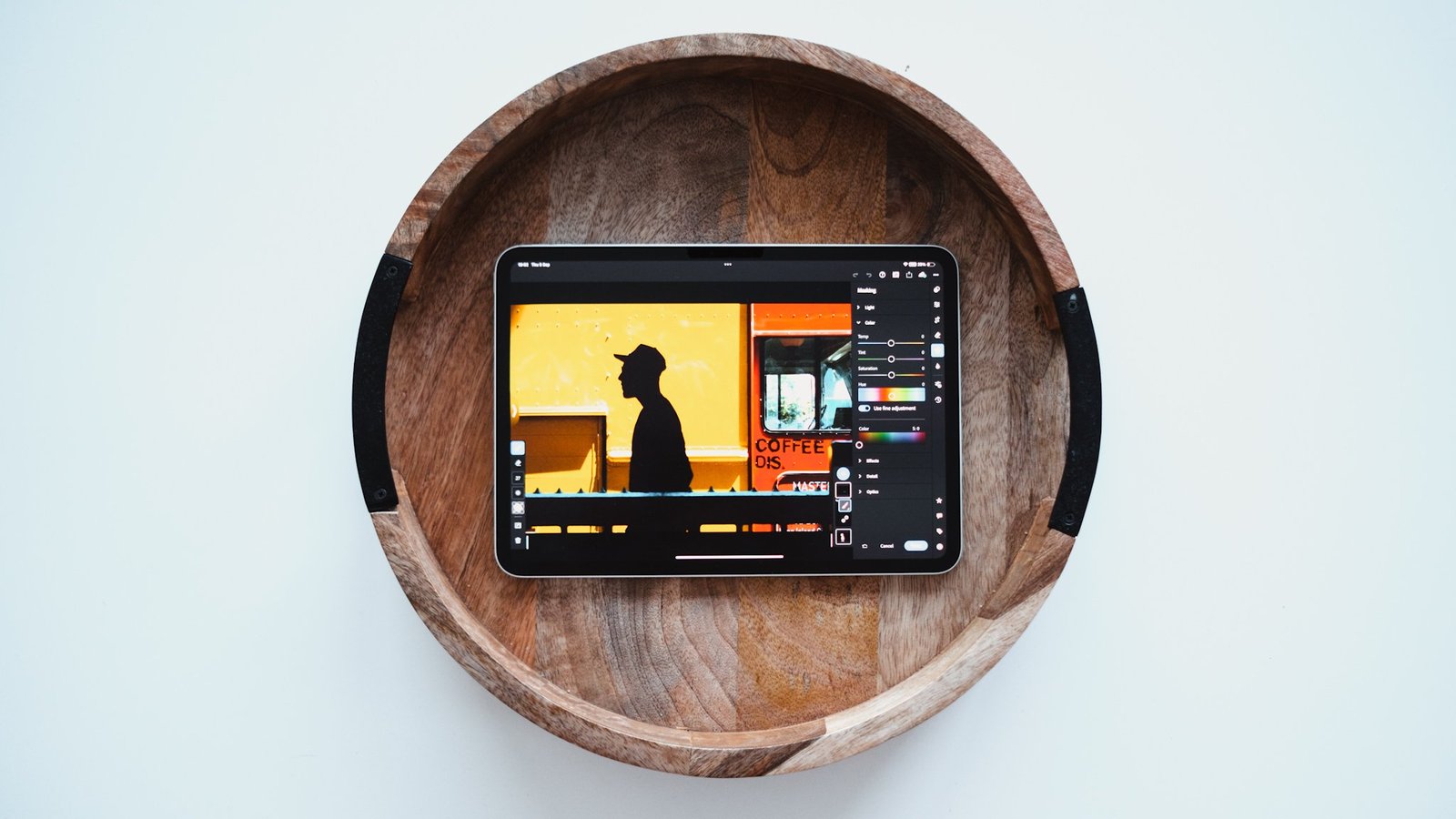
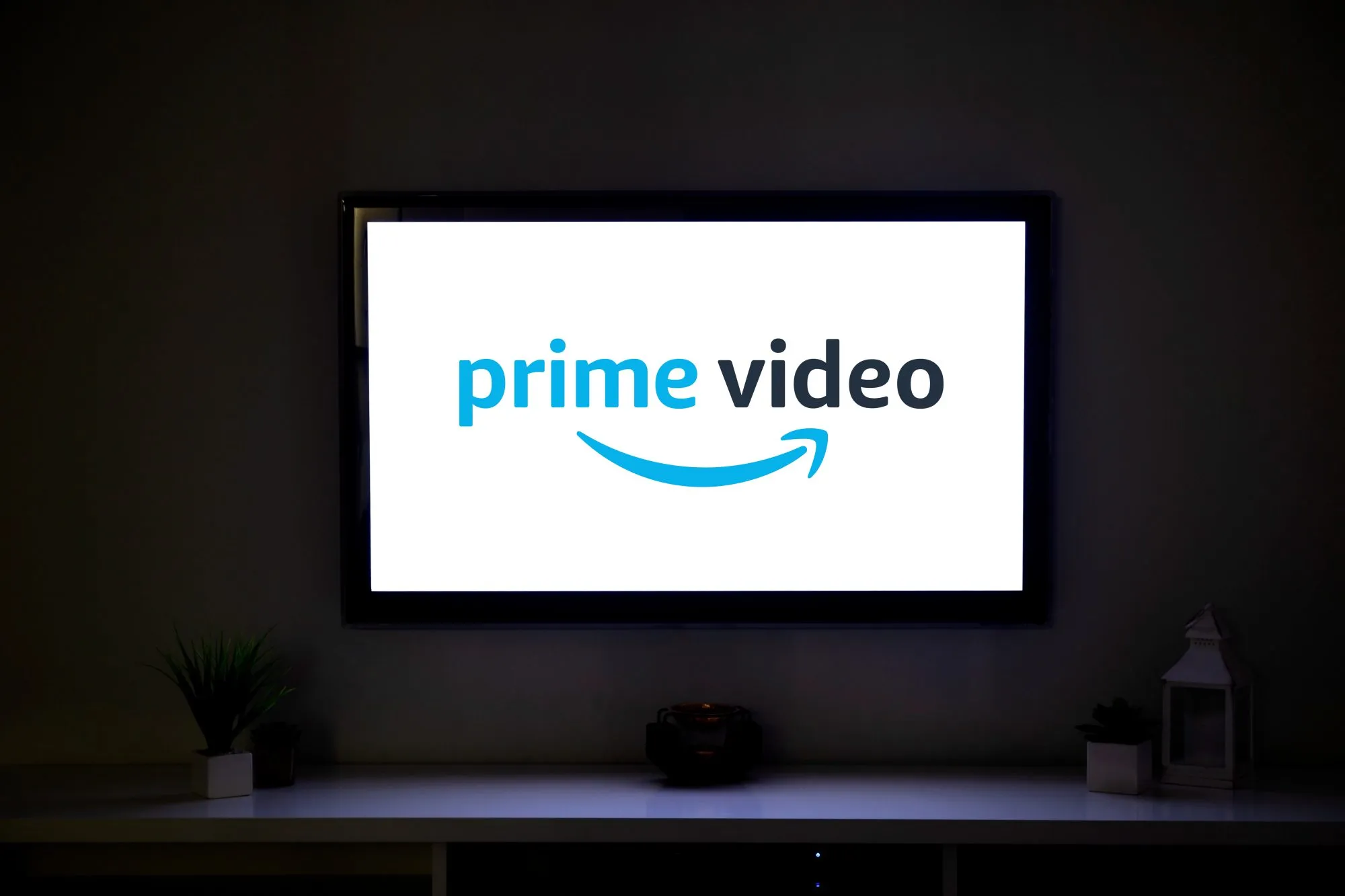









Add Comment